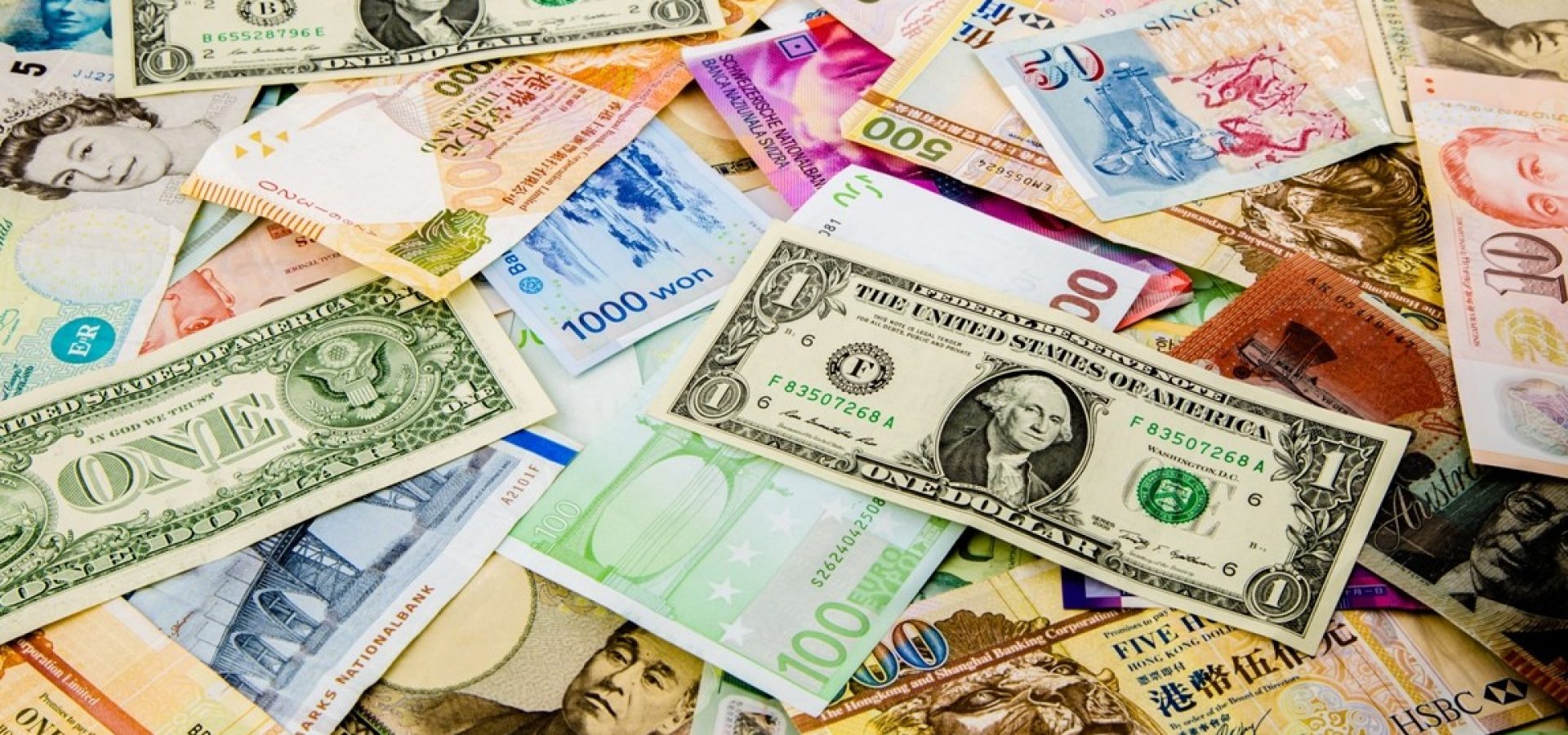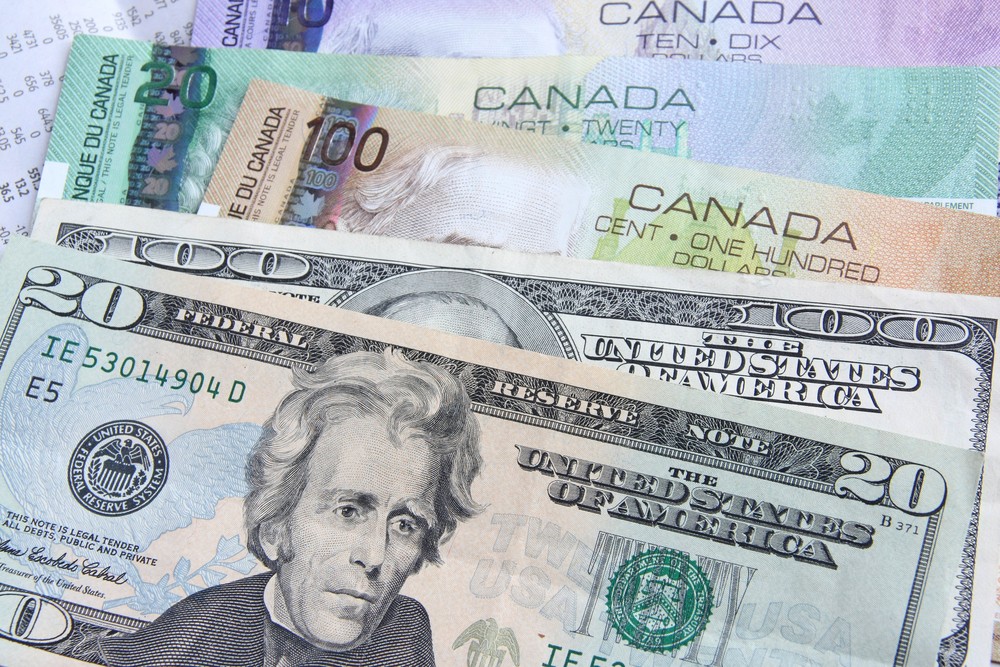Quick Look:
- Currency’s Historic Drop: On July 2, 2023, the yen hit lows of 161.94 against the US dollar and 173.80 against the euro, driven by expectations of a dovish stance from Japan’s central bank.
- US Dollar Fluctuations: Dovish comments from Fed Chair Powell caused the dollar index to slip to 105.61 despite solid domestic jobs data, highlighting the Fed’s balancing act.
- Euro Strengthens: The euro rose by 0.15% to 1.0761 against the dollar, buoyed by high inflation readings and potential delays in ECB rate cuts.
- Stable Sterling: The UK pound remained steady at 1.26995 against the dollar amid cautious optimism ahead of the UK’s general election.
On July 2, 2023, the Japanese yen experienced a significant drop, reaching a new low of 161.94 against the US dollar, a level not seen since December 1986. This wasn’t just a fluke against the dollar; the yen also hit an all-time low of 173.80 against the euro on the same day. The reasons for this decline are multifaceted, but the market’s expectation of a continued dovish stance from Japan’s central bank plays a crucial role. Michelle Metcalfe, Head of Macro Strategy at State Street Global Advisors, noted that the FX market is challenging Japanese authorities to take action. She believes that markets will continue to push the dollar/yen higher until Japan’s policymakers respond.
The Dollar’s Mixed Fortunes
While the yen tumbled, the US dollar didn’t have an easy ride either. On July 1, dovish comments from Federal Reserve Chair Jerome Powell. He suggested a slower pace of rate hikes, which led to a decline in the dollar against a basket of currencies. By the following day, the dollar index had slipped by 0.1%, settling at 105.61. This decline was despite a robust domestic jobs report, indicating that Powell’s remarks substantially impacted market sentiment. The dollar’s struggle underscores the delicate balance the Fed must maintain as it navigates inflation and economic growth.
Euro Gains Amid Inflation Concerns
The euro, in contrast, showed resilience, appreciating by 0.15% to 1.0761 against the dollar. This gain was primarily driven by high local inflation readings, which suggested that the European Central Bank might delay cutting interest rates. Such a move would support the euro, as higher interest rates typically attract investors seeking better returns. The euro’s performance highlights how regional economic indicators can significantly influence currency values, even amid broader global trends.
Sterling Steady Ahead of UK Election
In the UK, the sterling remained steady at 1.26995 against the dollar, with a modest increase of 0.1%. This stability came in the lead-up to the UK’s general election on July 2, where the Labour Party was widely expected to end 14 years of Conservative government. The political landscape’s potential shift brought a sense of cautious optimism, keeping the sterling relatively stable.
Australian Dollar Boosted by Retail Sales
Down under, the Australian dollar enjoyed a boost, rising by 0.2% to 0.668 against the US dollar. This increase was attributed to better-than-estimated retail sales data released on July 2, bolstering Australian economy confidence. The positive retail figures suggest that consumer spending remains robust, potentially keeping the door open for another rate hike by the Reserve Bank of Australia. Such economic resilience is a testament to the importance of domestic data in shaping currency movements.
Yuan Slips Amid Tolerance for Currency Decline
Finally, the Chinese yuan declined, reaching an eight-month trough in offshore trading at 7.2734. The onshore yuan also closed at its weakest since November 14. This slip reflects a broader tolerance for the currency’s decline, indicating that Chinese authorities might be comfortable with a weaker yuan to support export competitiveness. The yuan’s performance is a reminder of how strategic economic decisions can influence currency values, reflecting broader policy goals.
The currency markets have been anything but dull. From the yen’s historic lows to the euro’s inflation-driven gains, each currency tells a unique story influenced by local and global factors. As we progress, it will be intriguing to see how these trends evolve and what new surprises the currency markets have in store.









COMMENTS